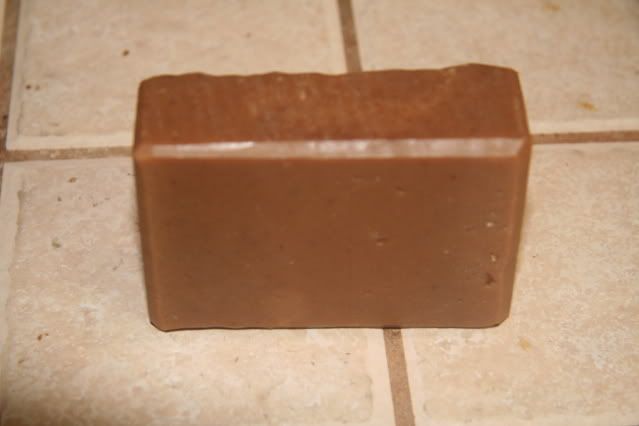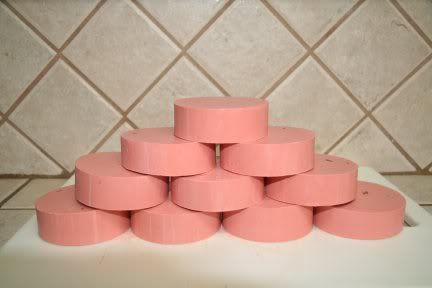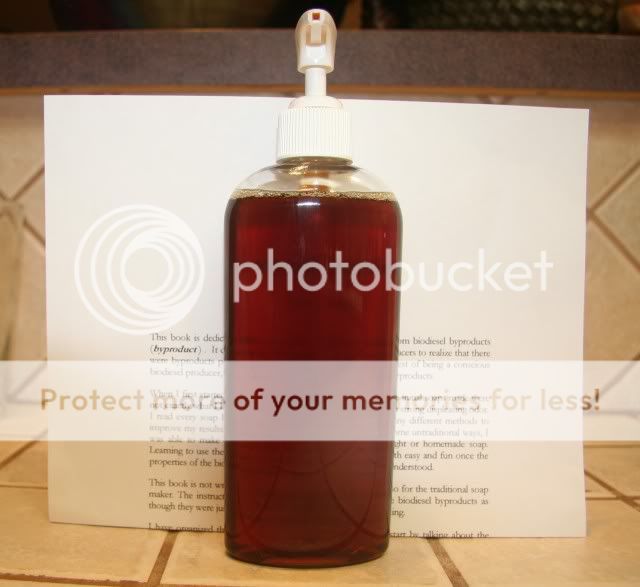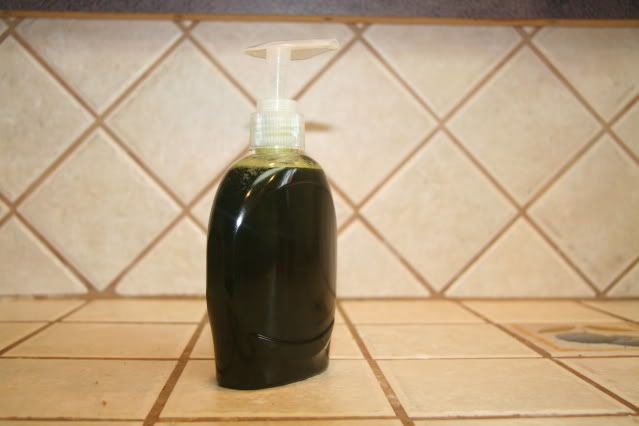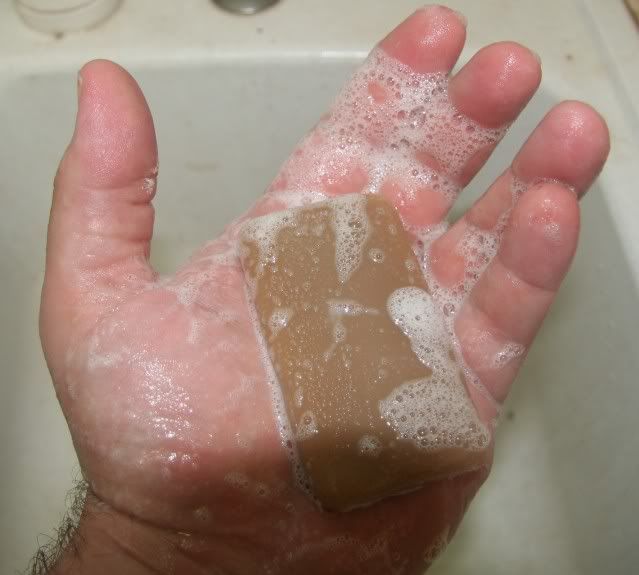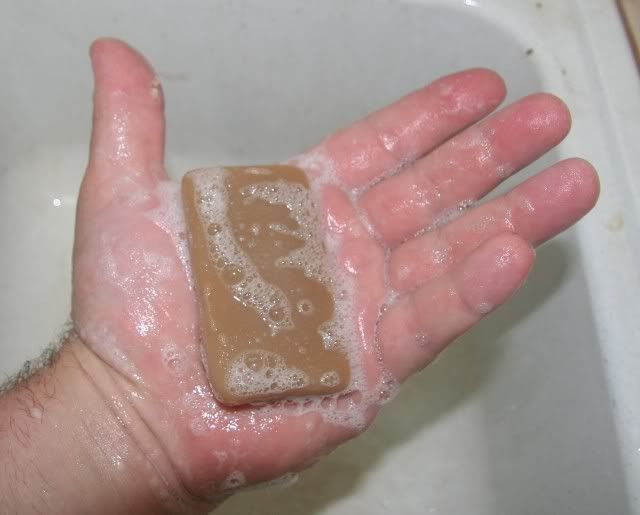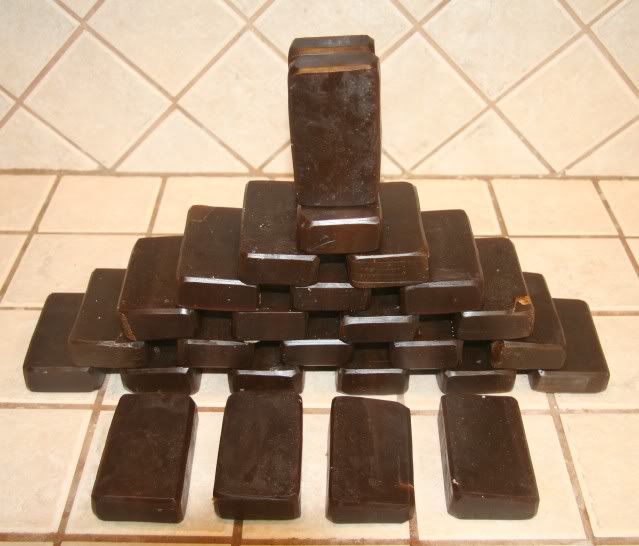knicelyr
Well-Known Member
I thought I would start a thread showing what can be done with the Biodiesel Glycerin.
Our biodiesel glycerin is already "soap" it's about 40% soap and 60% glycerin. And has what I like to call "saponifiable elements". You can think of it as a "bad" batch of soap. One that is under saponified, unbalanced and maybe too rich in glycerin.
By fully saponifying the biodiesel glycerin and the addition of a few ingredients we can have bars that are hard as any store bought or traditional bars and lather just as well as non-biodiesel soaps.
We can also combat the tendency bars have to sweat by using a technique I call "glycerin negation". This allows us to keep the soap glycerin rich but just under the sweating threshold.
We can also make liquids that are just as thick and lathering as any store bought liquid soap or shampoo.
Right now I am working on a laundry soap that dissolves as quickly as you would expect for a laundry soap.
All of these examples are at least 80% biodiesel glycerin.
Think about how much you spend on raw materials. Using the biodiesel glycerin can really cut down on material costs. Heck... It's almost free. There are so many biodieselers out there wanting to have it taken off their hands.
One clarification about the biodiesel glycerin - Many assume we are using biodiesel fuel itself in making soap. We are not. The process of making biodiesel leaves a soapy glycerin mix. We decant the biodiesel and use only the glycerin layer in making our soap. This layer can loosely be compared to melt and pour glycerin. Except it is, in most cases, brown in color. It will be golden in color if the oil has never been used for cooking.
Actually... One method of making soap commercially involves esterification. Basically a soap company will esterify (make biodiesel) from the oil to separate the glycerin. Their glycerin is then refined with distillation and sold as another product. The esters (Biodiesel) are then converted into soaps. These soaps being void of glycerin.
Our biodiesel glycerin is already "soap" it's about 40% soap and 60% glycerin. And has what I like to call "saponifiable elements". You can think of it as a "bad" batch of soap. One that is under saponified, unbalanced and maybe too rich in glycerin.
By fully saponifying the biodiesel glycerin and the addition of a few ingredients we can have bars that are hard as any store bought or traditional bars and lather just as well as non-biodiesel soaps.
We can also combat the tendency bars have to sweat by using a technique I call "glycerin negation". This allows us to keep the soap glycerin rich but just under the sweating threshold.
We can also make liquids that are just as thick and lathering as any store bought liquid soap or shampoo.
Right now I am working on a laundry soap that dissolves as quickly as you would expect for a laundry soap.
All of these examples are at least 80% biodiesel glycerin.
Think about how much you spend on raw materials. Using the biodiesel glycerin can really cut down on material costs. Heck... It's almost free. There are so many biodieselers out there wanting to have it taken off their hands.
One clarification about the biodiesel glycerin - Many assume we are using biodiesel fuel itself in making soap. We are not. The process of making biodiesel leaves a soapy glycerin mix. We decant the biodiesel and use only the glycerin layer in making our soap. This layer can loosely be compared to melt and pour glycerin. Except it is, in most cases, brown in color. It will be golden in color if the oil has never been used for cooking.
Actually... One method of making soap commercially involves esterification. Basically a soap company will esterify (make biodiesel) from the oil to separate the glycerin. Their glycerin is then refined with distillation and sold as another product. The esters (Biodiesel) are then converted into soaps. These soaps being void of glycerin.





